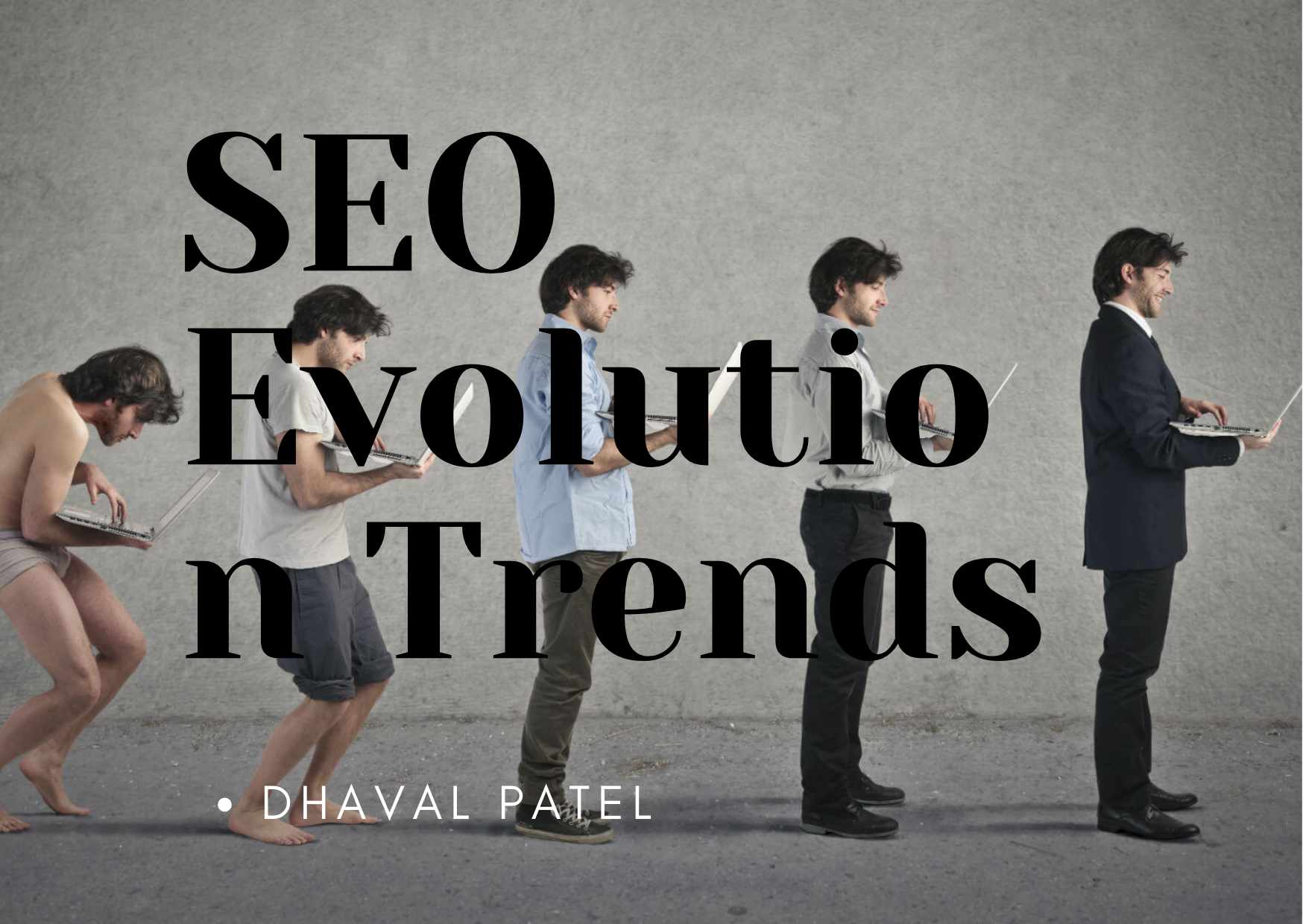The Evolution of SEO: Navigating Trends and Techniques

Search Engine Optimization (SEO) has undergone a fascinating evolution since its inception. What started as a straightforward process of keyword stuffing and metadata manipulation has morphed into a complex, multifaceted strategy. Let’s delve into the significant trends and techniques that have shaped the dynamic world of SEO.
1. Content is King, Context is Emperor
Gone are the days when SEO was solely about cramming content with keywords. The focus now is on quality and relevance. Search engines prioritize content that offers genuine value, aligns with user intent, and answers queries comprehensively. Crafting content that educates, entertains, and engages has become the cornerstone of effective SEO.
2. Mobile Optimization: The Mobile-First Revolution
The advent of smartphones triggered a seismic shift in SEO strategies. Mobile optimization is no longer an afterthought; it’s the primary focus. With Google’s mobile-first indexing, websites are ranked based on their mobile version’s content, performance, and user experience. Responsive design, fast loading times, and mobile-friendly interfaces are imperative.
3. Technical SEO: Beyond Keywords
Technical SEO has emerged as a linchpin in ranking success. It involves optimizing website architecture, enhancing site speed, fixing crawl errors, and ensuring proper indexing. Schema markup, canonicalization, and structured data have gained significance, enabling search engines to understand and display content more accurately.
4. User Experience (UX) Signals Matter
SEO strategies now intertwine with User Experience (UX). Metrics like bounce rate, time on site, and click-through rates influence search engine rankings. Providing seamless navigation, intuitive design, and relevant internal linking elevates the user experience, subsequently impacting SEO performance.
5. Voice Search and AI: A New Frontier
The rise of voice search powered by AI assistants has transformed search queries. Optimizing for voice search requires a conversational tone, long-tail keywords, and answering specific questions concisely. AI algorithms continue to refine search results, challenging SEO specialists to adapt continually.
6. E-A-T: Expertise, Authoritativeness, Trustworthiness
Google’s E-A-T framework has shifted the SEO paradigm towards credibility. Establishing expertise, building authority, and fostering trust through high-quality content, reputable backlinks, and transparent information have become crucial.
7. The Impact of Visual and Video Content
Visual and video content has gained prominence. Search engines now value diverse content formats, including infographics, images, and video. Optimizing these elements with descriptive tags, captions, and alt text enhances their discoverability.
In Conclusion
SEO is a landscape in constant flux. Adapting to these trends and techniques isn’t just about staying ahead in rankings; it’s about meeting user expectations and delivering value. Embracing these changes and incorporating them into your SEO strategy will undoubtedly pave the way for digital success.

In the digital marketing landscape, PPC stands tall as a formidable tool for businesses seeking targeted visibility and instant results….

In the digital era, social media has transcended mere connectivity, evolving into a powerhouse for businesses worldwide. Leveraging these platforms…